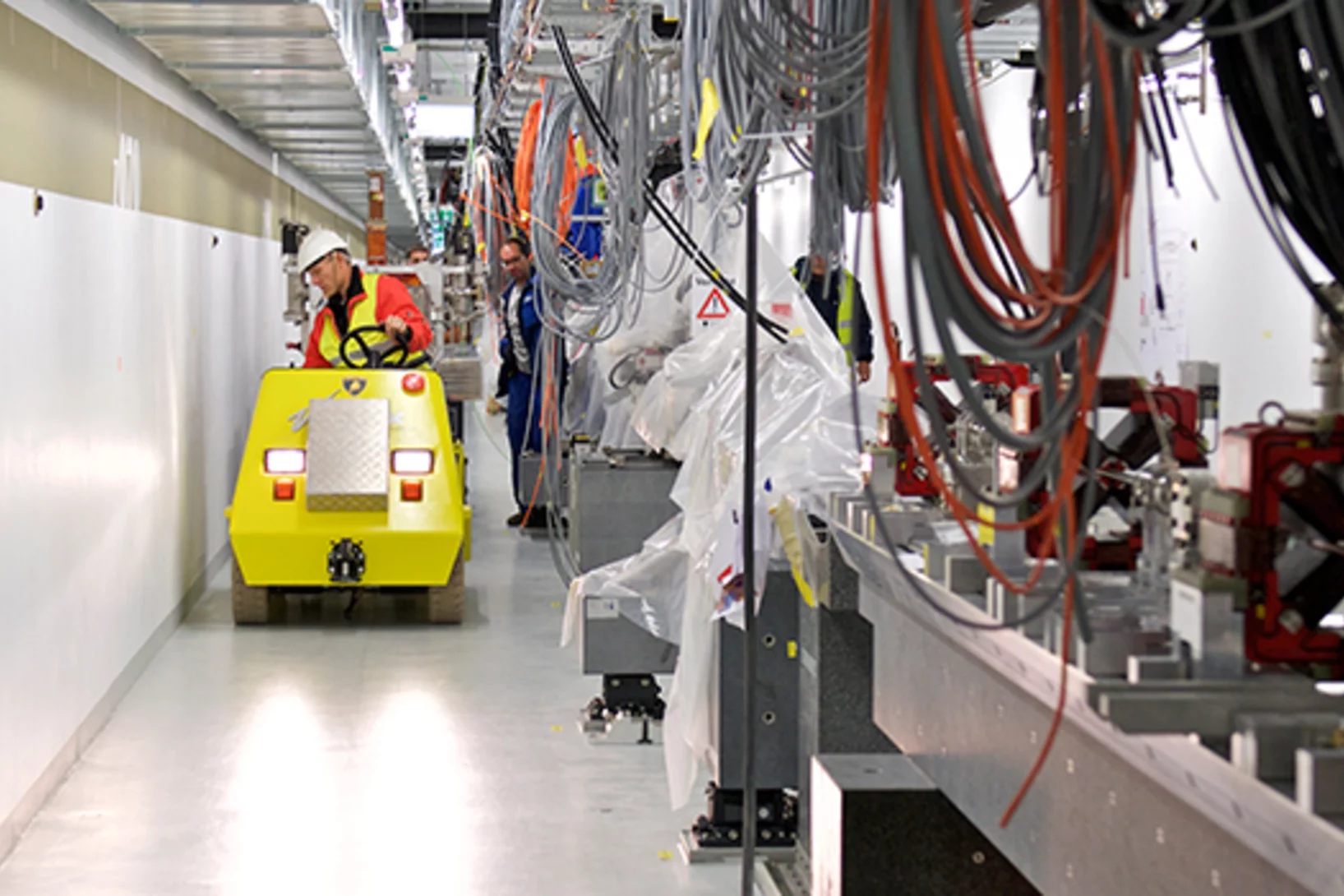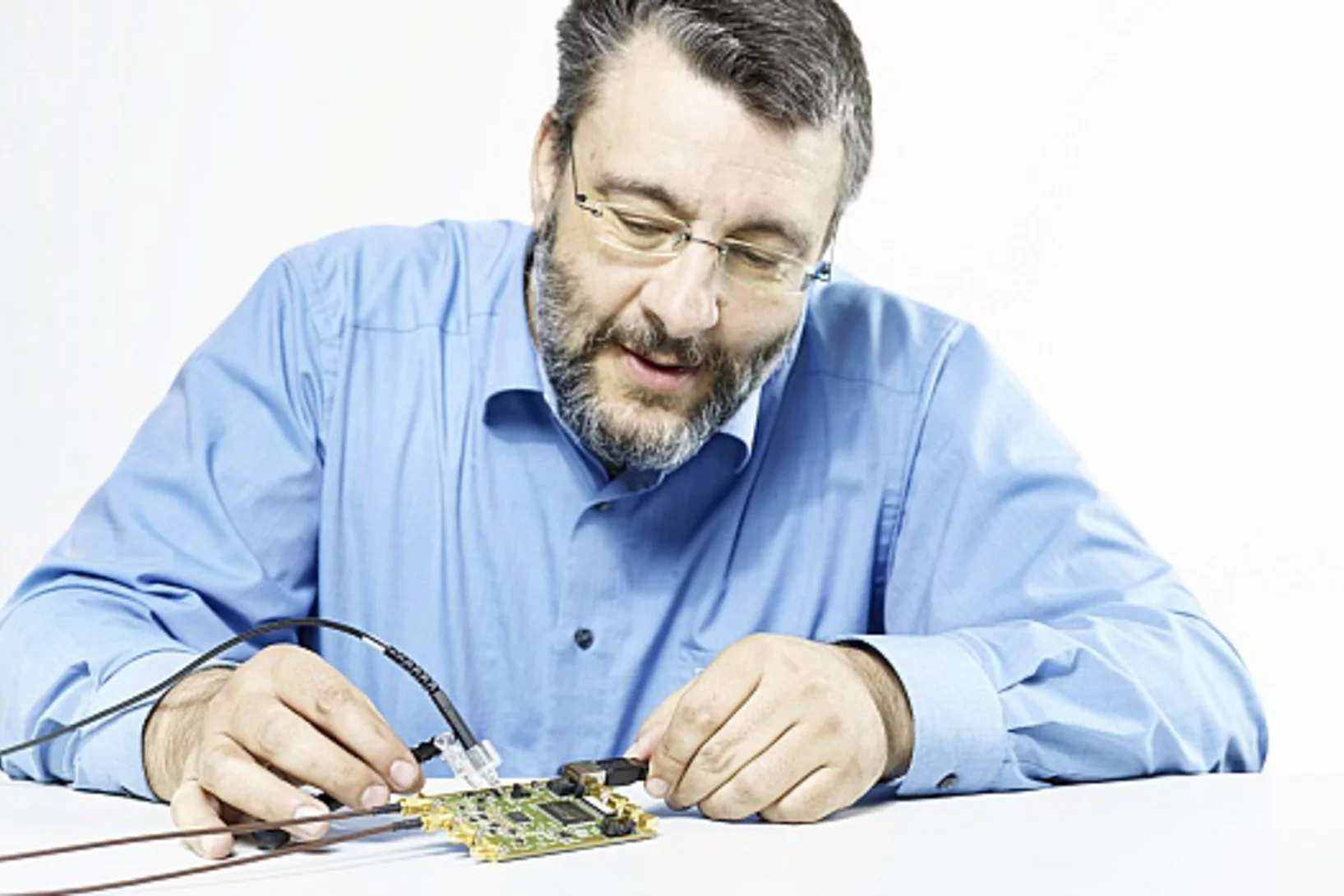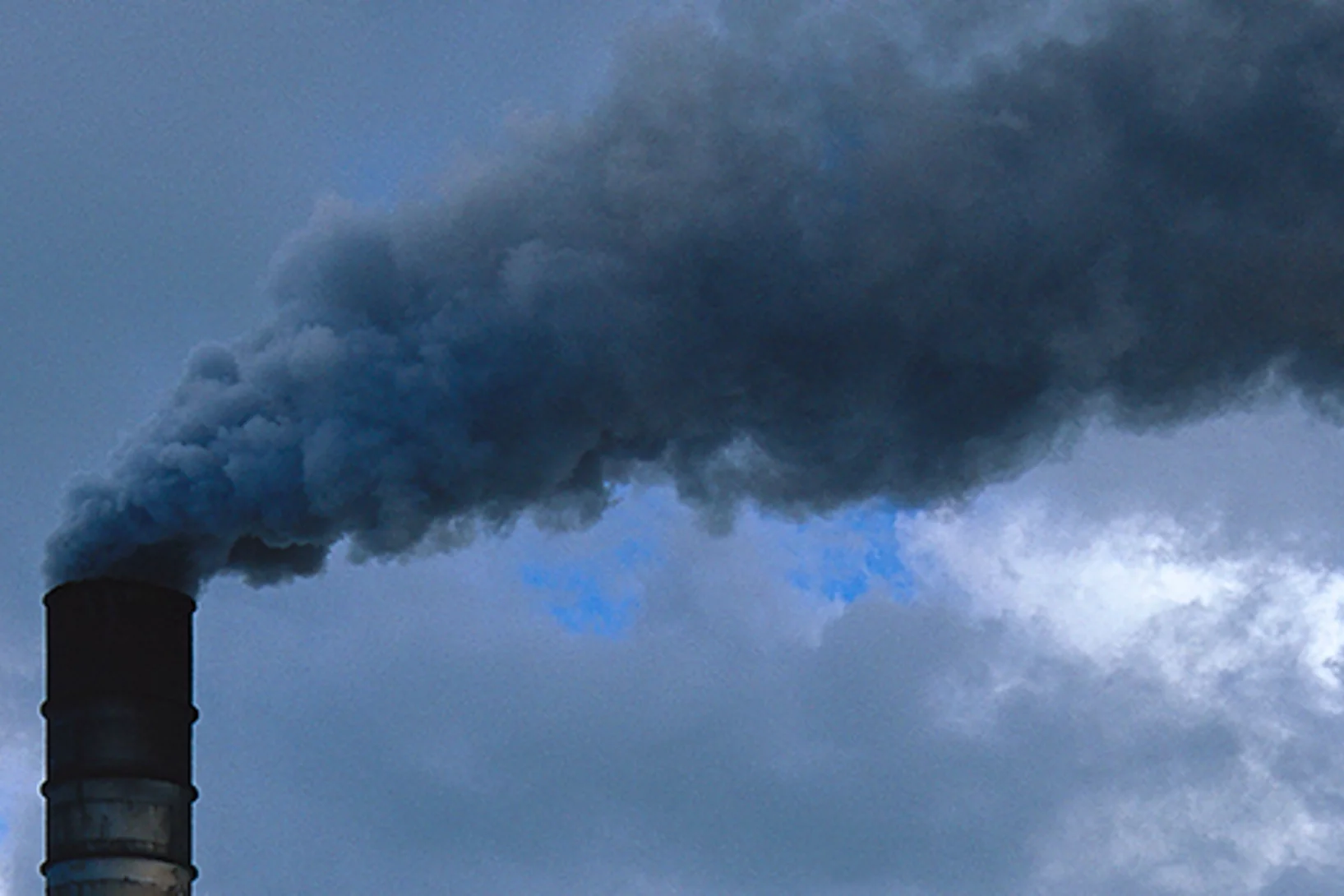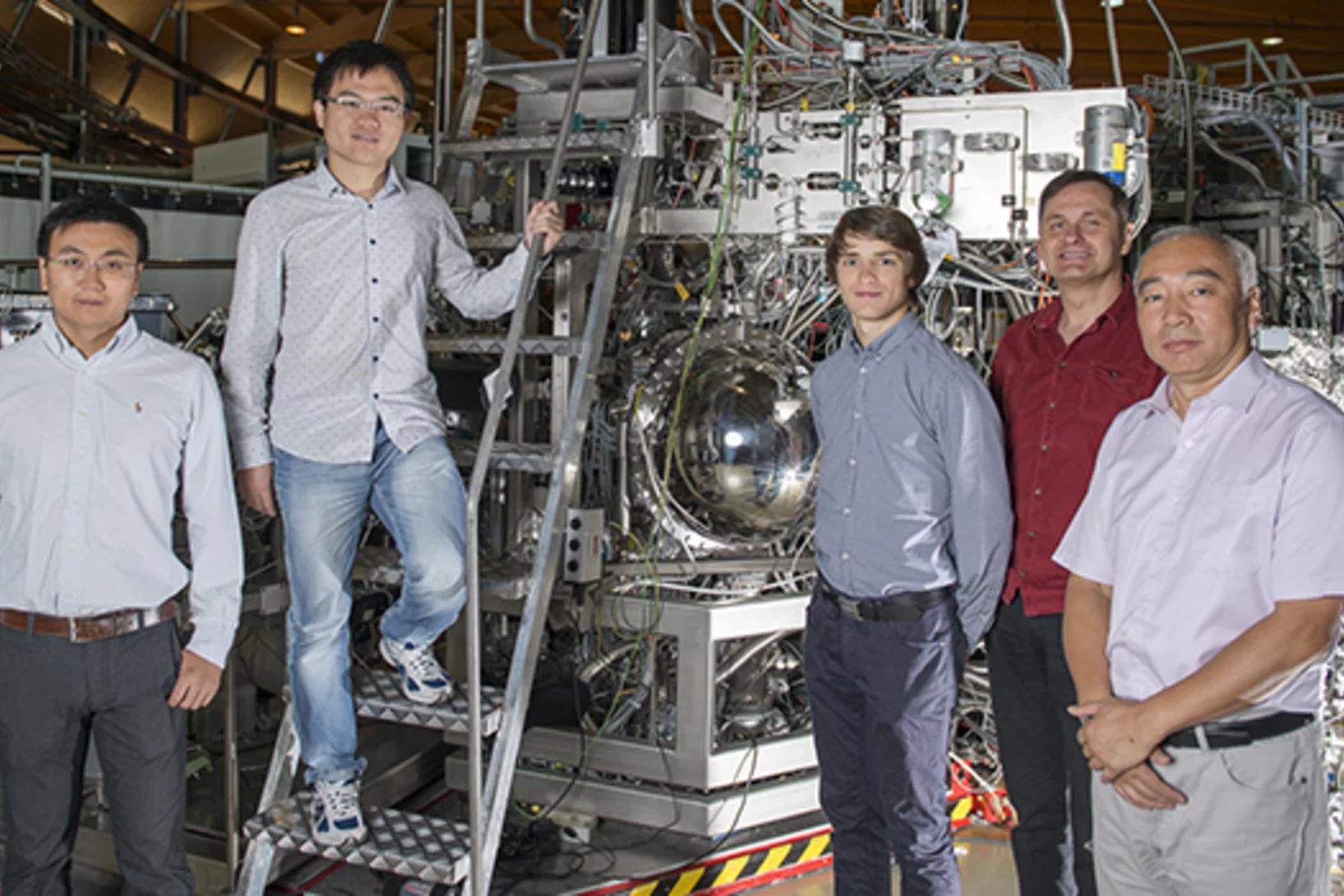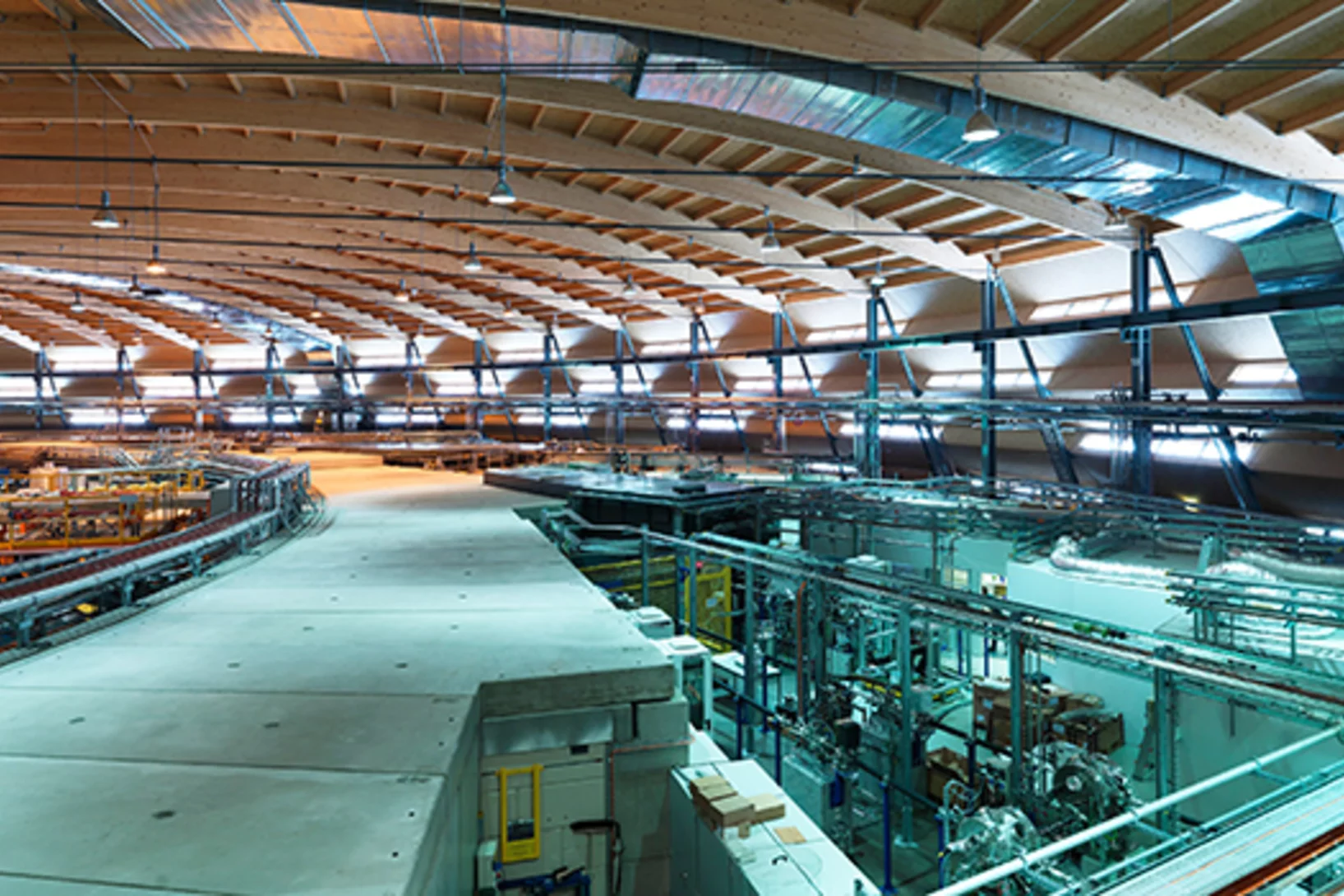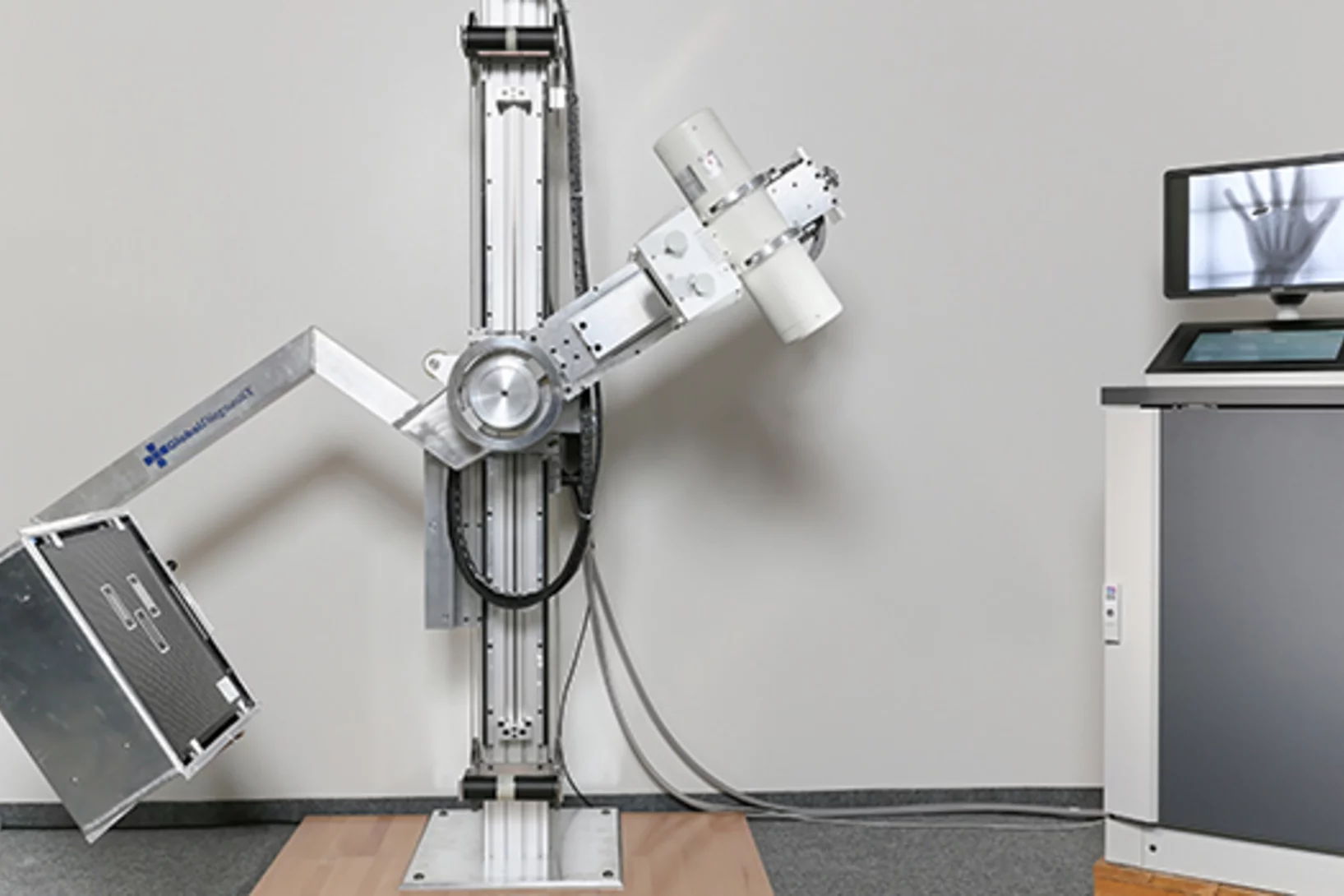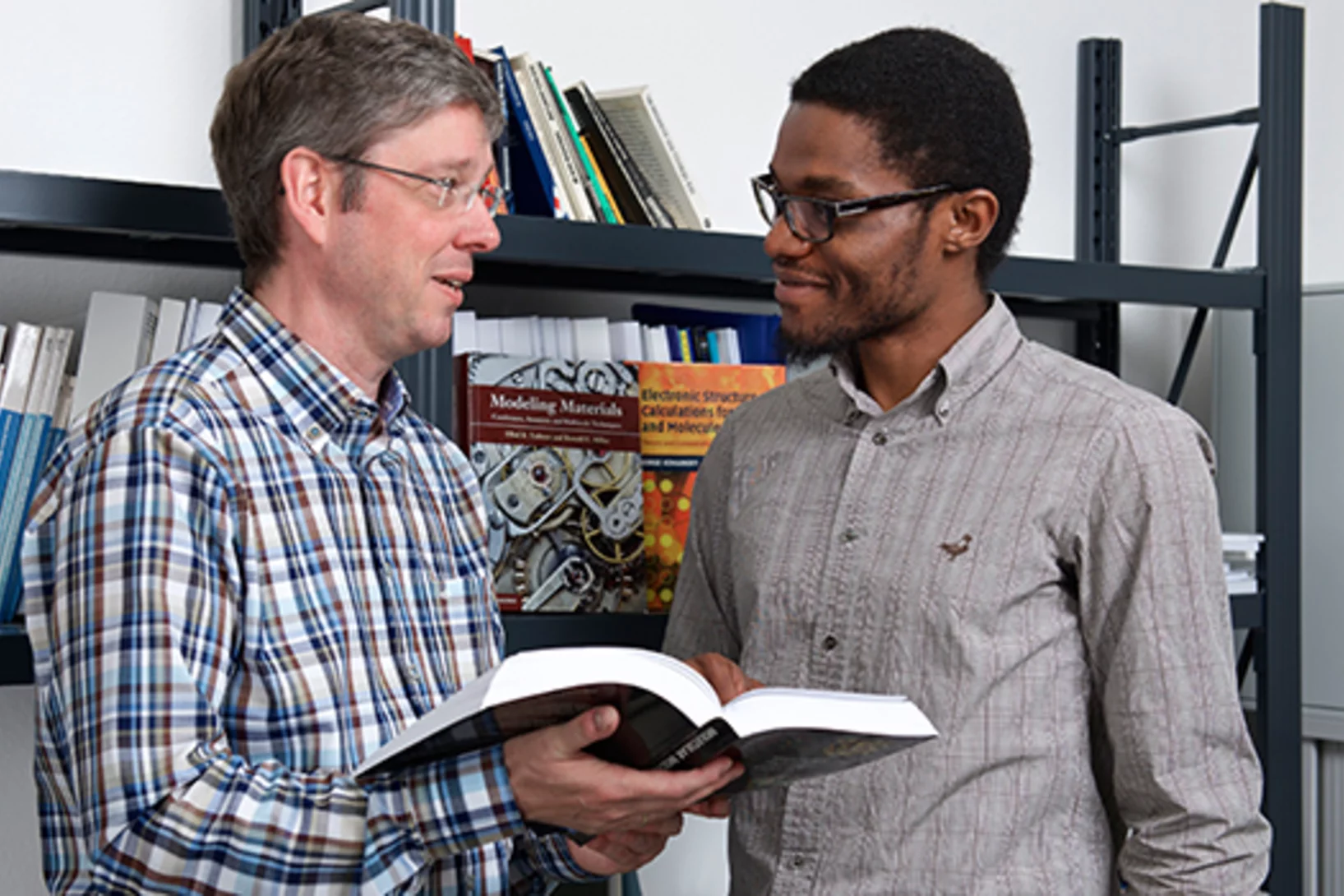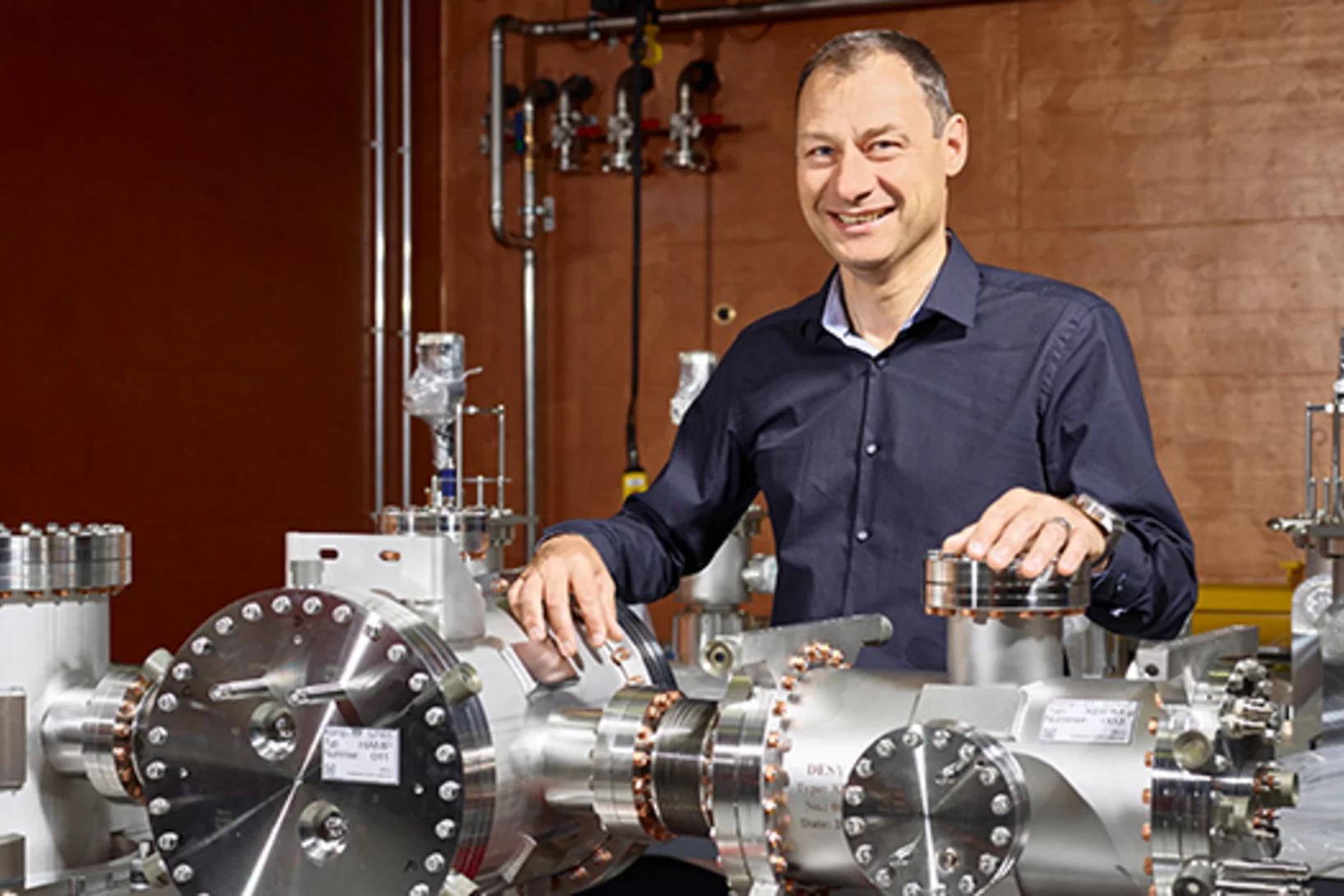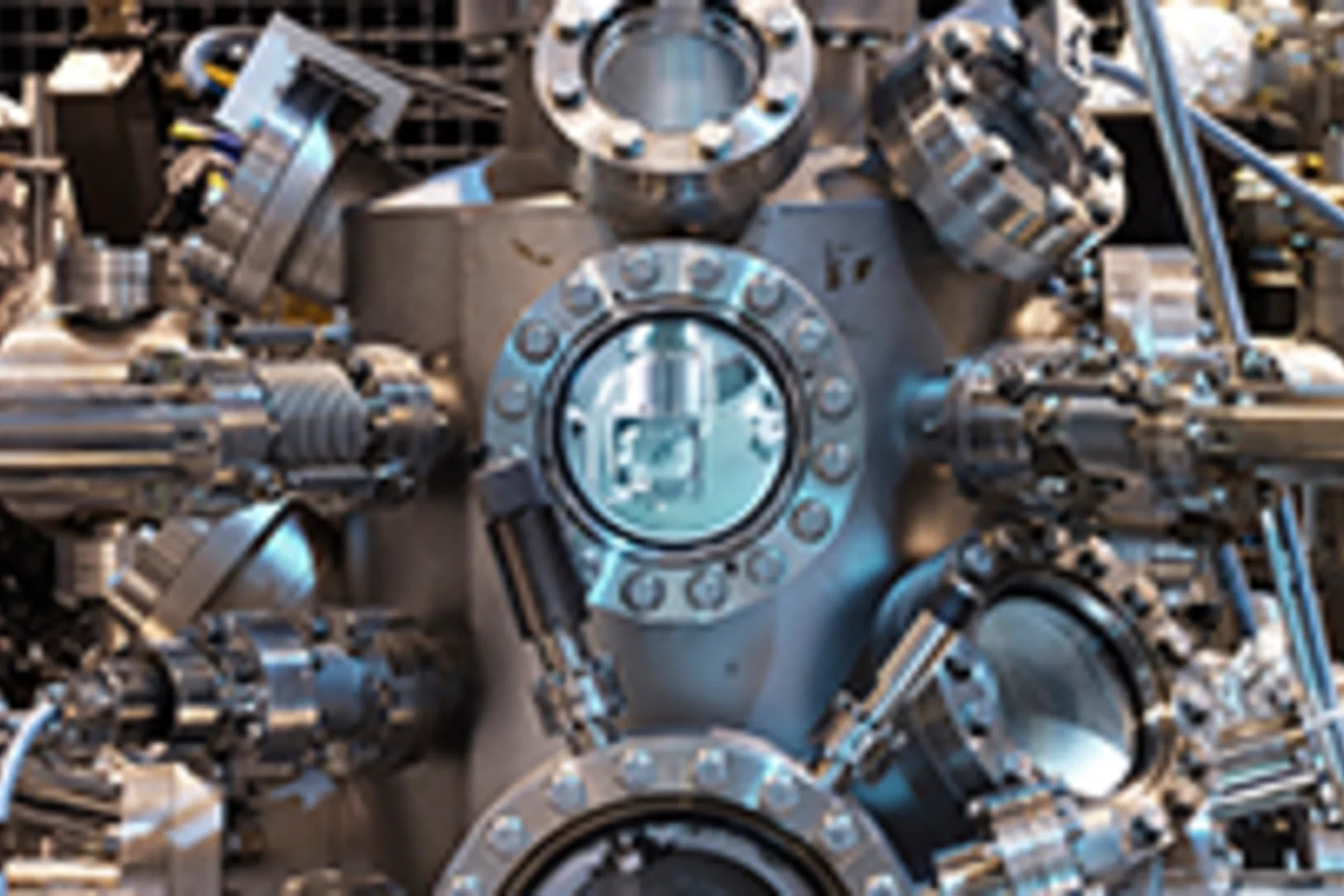PSI Stories
To the beam tunnel
Since the autumn of 2015, the SwissFEL beam tunnel has been filling up with the machine components for the new PSI large research facility. Piece by piece, the pre-assembled components are being brought to their final destination.
Measuring the simultaneity
What does a physicist do when his experiment needs an extremely precise time measurement? So precise that existing electronics cannot help him? A scientist from the Paul Scherrer Institute PSI simply decided to develop his own solution. The result is called DRS4, a high-precision electronic chip that could unlock the physics of our entire universe. As an additional benefit, the chip is already helping doctors to localise brain tumours with great accuracy.
Kohlendioxid: Das Klimaproblem im Untergrund entsorgen?
Allen Warnungen vor den Folgen des Klimawandels zum Trotz und unbeeindruckt von politischen Absichtserklärungen: Die weltweiten Kohlendioxidemissionen steigen und steigen. Hauptverantwortlich dafür sind Kohle- und Gaskraftwerke, die den zunehmenden Strombedarf decken. Könnte man deren Kohlendioxidemissionen dauerhaft im Boden speichern, anstatt damit Atmosphäre und Klima zu belasten? Und wäre das auch für die Schweiz interessant? Diese Fragen beleuchtet der neueste Energie-Spiegel des PSI.This news release is only available in German.
Electron’s cousin discovered after eighty-six-year search
In a series of experiments at the Swiss Light Source SLS, physicists from the Paul Scherrer Institute PSI have discovered a particle, the existence of which was predicted eighty-six years ago. It is a member of the particle family that also includes the electron, the carrier of electrical currents. The particle now discovered is massless and can exist only within a special class of materials known as Weyl semi-metals.
X-ray research in the UFO
At first glance, the Swiss Light Source SLS stands out as a striking building. The inside reveals a setting of cutting-edge research. A journey through a world where electrons race a slalom course and X-rays help decode proteins.
Robust X-ray machine for developing countries
The Paul Scherrer Institute PSI is involved in a project conducted by several research institutes (spearheaded by EPFL) to devise an X-ray machine especially for developing countries. The device should be able to cope with tropical climes and be easy and cheap to repair. PSI researchers are focusing on producing a cost-effective detector that is necessary for the imaging. The detector registers the X-ray light much like a chip in a digital camera.
More robust thanks to imperfections
Microscopic deviations from the ideal structure render uranium dioxide, the fuel commonly used in nuclear power plants, more resistant to radiation damage.
Perfect beamlines go unnoticed
Interview with Luc PattheyLuc Patthey is in charge of designing and implementing the beamlines for the X-ray free-electron laser SwissFEL. In this Interview, he explains the requirements the beamlines need to meet for the X-ray light pulses generated by SwissFEL to reach the experiments in an optimal form and what role collaborations play in the development of beamlines.
In search of the smallest bit
For increasingly compact storage media, magnetic areas – the memory bits – also need to become smaller and smaller. But just how small can a magnet be? Frithjof Nolting and his colleagues at the Paul Scherrer Institute investigate the surprising phenomena in the field of nanomagnetism.
Terahertz laser light focused to the extreme
Researchers from the Paul Scherrer Institute have managed to focus the light pulse terahertz laser at the limit of what is permitted by the classical laws of physics. This opens up new possibilities for studying the properties of materials.

